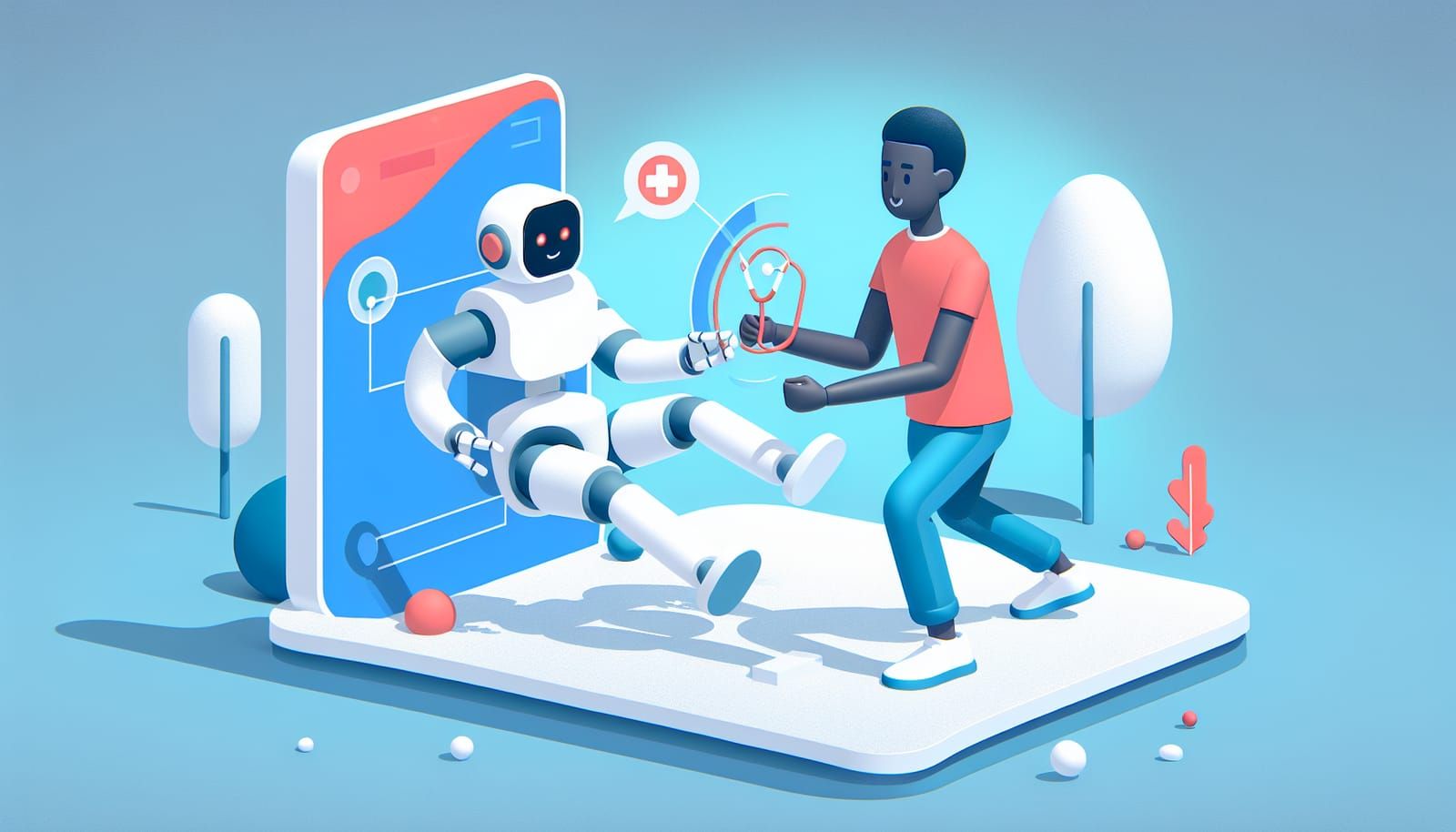In a world where artificial intelligence (AI) is rapidly becoming a part of our everyday lives, it’s easy to get excited about the incredible things these machines can do. From self-driving cars to virtual assistants, AI seems to be everywhere. However, one of the most fascinating and sometimes confusing aspects of AI is its ability—or rather, inability—to understand context. Let's explore why machines struggle with context and what this means for the future of AI.
What is Context?
Before we dive deeper, let’s clarify what we mean by "context." Context refers to the circumstances or background information surrounding an event, statement, or idea that helps us understand its meaning. For instance, when someone says, "It's cold," the context could determine if they are talking about the weather, a person's demeanor, or even a refrigerator.
Understanding context involves not just the words used but also the emotions, experiences, and unspoken rules surrounding a situation. Think of it this way: if your friend says, "I'm starving," you know they might just be feeling a little hungry and jokingly exaggerating. However, if someone is stranded in the desert and says the same thing, the implications are much more serious.
Machines, on the other hand, often lack the ability to grasp these nuances, which leads to misunderstandings and misinterpretations.
Why Machines Struggle with Context
Lack of Human Experience
One of the main reasons machines can’t truly understand context is that they lack human experiences. Humans draw on a lifetime of experiences, emotions, and social interactions to interpret meaning. When we hear a joke, for example, we understand the humor based on our prior knowledge and experiences. Machines, however, rely on algorithms and data patterns. They process words but don’t have feelings or experiences to provide context.
Imagine trying to explain a joke to a machine. It might analyze the words and identify that they’re a joke based on data. Still, it won’t grasp why it’s funny or the social dynamics at play.
Limited Data Interpretations
Machines learn from data, but they often struggle to interpret that data in a meaningful way. For instance, if an AI system is trained on a specific set of conversational patterns, it may not perform well in conversations outside of that training. This limitation is particularly clear when slang or idioms come into play. For example, saying "kick the bucket" means to die, but if a machine interprets it literally, it misses the actual meaning.
Context is often implied, requiring a level of understanding that goes beyond data analysis. Machines might not recognize that the phrase "kick the bucket" is used in a light-hearted or humorous context in certain conversations.
The Role of Language Models
AI language models, like the one you might be interacting with right now, are designed to predict and generate text based on patterns in data. They can produce remarkably human-like responses, but they still have limitations. For example, while these models can generate text that appears coherent, they don’t understand the underlying meaning or emotion behind the words.
This is where the concept of context becomes especially important. Language models can mimic human conversation but might miss the subtleties that make communication rich and meaningful. They can generate a response to a question, but if the question is ambiguous, the response might miss the mark.
For example, if you ask a model, “What do you think about the bank?” it might respond with information about financial institutions. However, if you were referring to a riverbank or a bank of clouds, the response would be completely off-target.
The Importance of Common Sense
Another crucial aspect of understanding context is common sense. Humans naturally apply common sense reasoning to situations, allowing them to fill in gaps and make inferences. For instance, if you see someone holding an umbrella, you can infer that it’s probably raining, even if you don’t see the rain.
Machines, however, lack this innate common sense. They rely solely on the information they’ve been trained on and can’t make logical leaps or assumptions based on real-world knowledge. This lack of common sense can lead to misunderstandings and incorrect conclusions, especially in complex or nuanced conversations.
The Future of AI and Context Understanding
So, what does the future hold for AI in terms of understanding context? Researchers are actively working on ways to improve machines’ ability to grasp context. This includes developing more sophisticated algorithms and training models on diverse datasets that encompass various contexts.
There’s a growing interest in integrating emotional intelligence into AI systems. By incorporating emotional understanding, machines might better interpret the context behind words and phrases, leading to more human-like interactions.
However, it’s essential to remember that even with advancements, machines may never fully replicate human understanding. Human communication is deeply rooted in culture, emotion, and shared experiences, which are challenging for machines to emulate.
In conclusion, while AI has made remarkable strides in various fields, understanding context remains a significant challenge. Machines can analyze data, generate text, and even mimic human conversation, but they lack the innate experiences, common sense, and emotional intelligence that humans possess.
As we continue to explore the possibilities of AI, it's crucial to recognize its limitations while celebrating its achievements. The journey of AI development is ongoing, and who knows what exciting advancements the future will bring?
Understanding the nuances of context may be a hurdle for machines, but it also serves as a reminder of the incredible complexity of human communication. As we navigate this ever-changing landscape of technology, let’s appreciate the richness of human interaction while harnessing the power of AI to enhance our lives.


